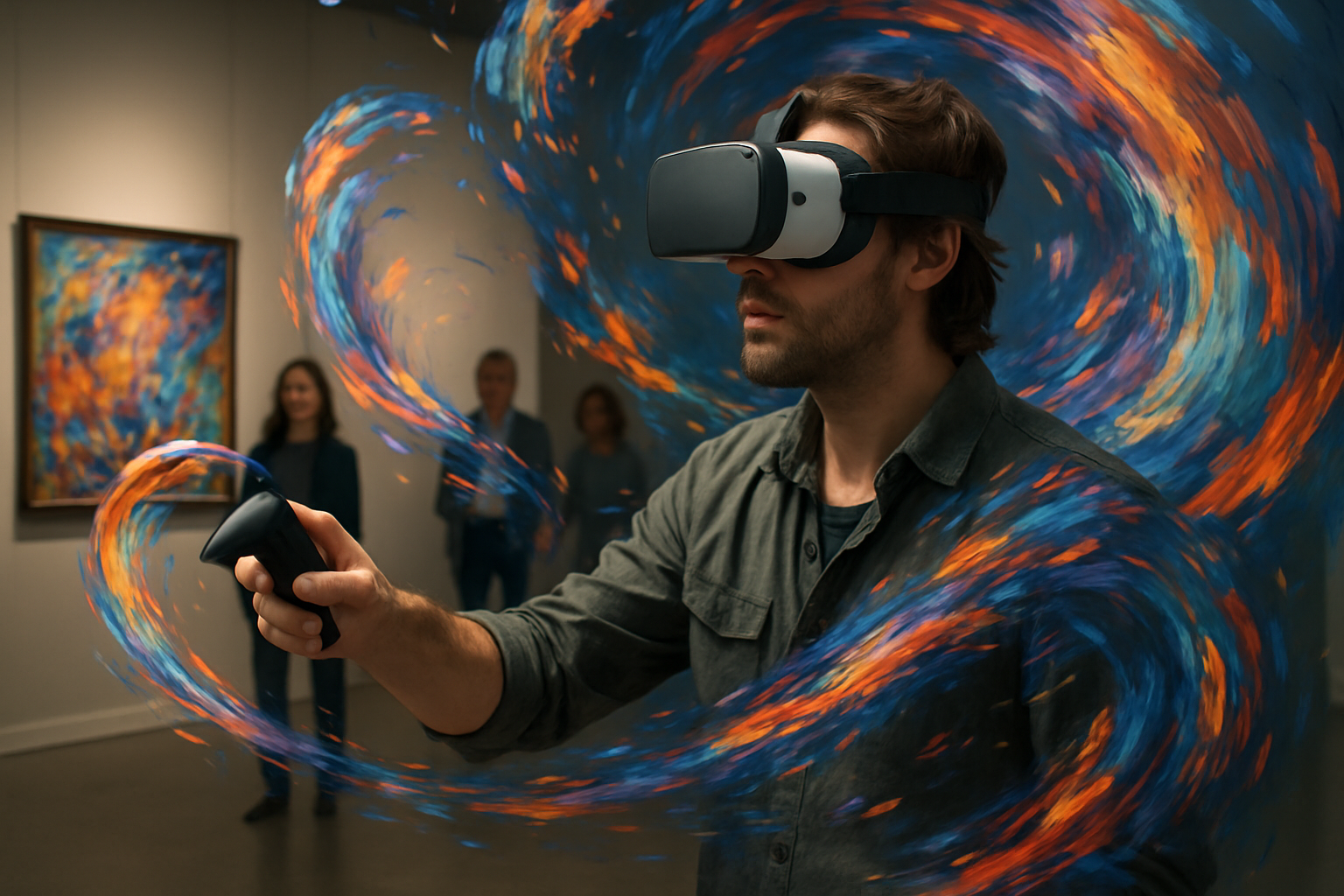Holographic Artistry: The Next Frontier in Visual Expression
In the ever-evolving landscape of contemporary art, a groundbreaking medium is emerging that promises to revolutionize the way we perceive and interact with visual creations. Holographic artistry, a fusion of cutting-edge technology and creative vision, is pushing the boundaries of what's possible in the realm of artistic expression. This innovative form of art is captivating audiences worldwide, offering immersive experiences that blur the lines between reality and imagination.

From Science to Art: The Evolution of Holographic Techniques
As holographic technology advanced, so did its artistic applications. Early holographic art was limited by the constraints of available technology, often resulting in monochromatic, static images. However, the development of pulsed laser systems and computer-generated holography in the 1980s and 1990s opened up new possibilities for artists. These advancements allowed for the creation of full-color, dynamic holograms that could capture movement and change over time.
The Holographic Renaissance: Contemporary Artists Leading the Charge
Today, a new generation of artists is embracing holographic technology, pushing the medium to its limits and beyond. Artists like Matthew Schreiber and Tupac Martir are creating large-scale holographic installations that transform spaces and challenge viewers’ perceptions of reality. Their work often combines holography with other media, such as sound and interactive elements, to create truly immersive experiences.
Breaking Boundaries: The Intersection of Art and Technology
One of the most exciting aspects of holographic art is its potential to bridge the gap between the physical and digital worlds. As augmented and virtual reality technologies continue to evolve, holographic artists are finding new ways to integrate these tools into their work. This convergence of art and technology is not only expanding the creative possibilities for artists but also offering audiences novel ways to engage with and experience art.
The Impact on Traditional Art Forms and Institutions
The rise of holographic art is having a profound impact on the broader art world. Museums and galleries are adapting to accommodate these new forms of expression, investing in specialized display equipment and reimagining exhibition spaces. Traditional artists, too, are exploring ways to incorporate holographic elements into their work, leading to fascinating hybrid creations that challenge conventional categorizations of art.
Challenges and Controversies in Holographic Artistry
Despite its potential, holographic art faces several challenges. The high cost of equipment and technical expertise required can be barriers to entry for many artists. Additionally, there are ongoing debates within the art community about the role of technology in art creation and whether holographic works can be considered on par with traditional mediums. These discussions are shaping the future of holographic art and its place in the broader artistic landscape.
The Future of Holographic Art: Possibilities and Predictions
As technology continues to advance, the future of holographic art looks increasingly bright. Experts predict that we may soon see holographic art that can be viewed without special equipment, potentially revolutionizing public art and advertising. The integration of artificial intelligence and machine learning into holographic creation processes could also lead to new forms of interactive and evolving artworks.
Conclusion: A New Dimension in Artistic Expression
Holographic artistry represents a significant leap forward in the world of visual arts. By offering new ways to create, display, and interact with art, it is challenging our perceptions and expanding the boundaries of creative expression. As this medium continues to evolve, it promises to play an increasingly important role in shaping the future of art and our relationship with visual culture.





